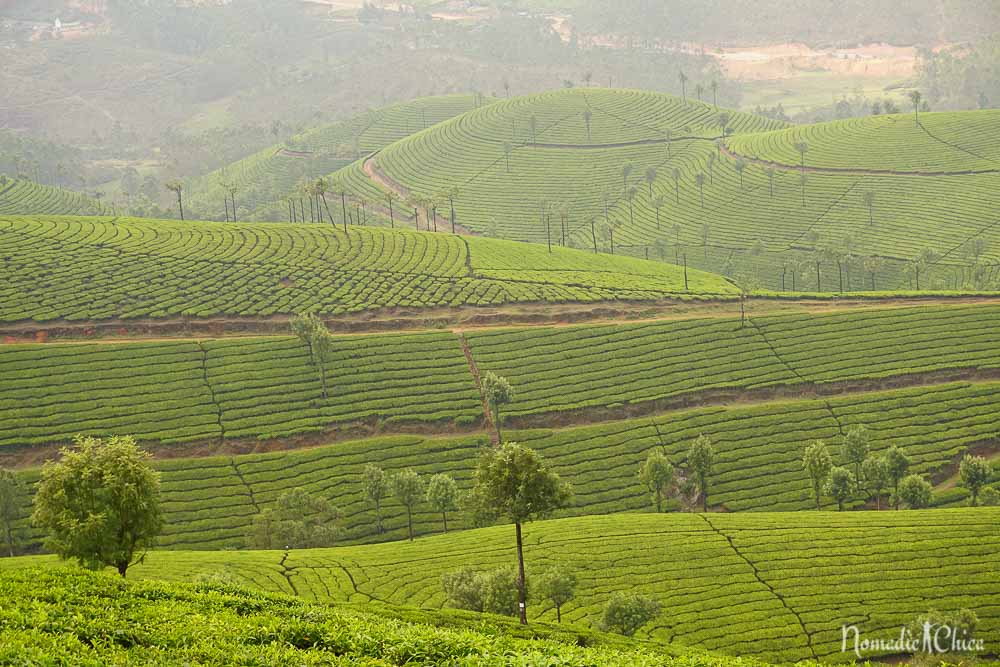
I have always been a tea lover, but my love for it was limited to only drinking it and enjoying its flavor. My knowledge about the collection, production, and details of the different types of tea was shamefully very close to zero, to be honest.
That’s why in my trip through the Kerala region, together with the bloggers and the wonderful team of KeralaBlogExpress Season 5, I was very happy to visit a tea plantation, where a lot of tea that is consumed daily in different parts of the world is produced.
Munnar is one of the favorite destinations in South India because it has perfect and fresh temperatures throughout the year. While in the lower regions the heat becomes almost unbearable, in Munnar cool breezes flow and the temperatures stay at an average of 30ºC in summer and 26ºC in winter, not exceeding 35ºC. That is why this was one of the places that the English chose to settle and retire during the hot months. You can still see beautiful gardens and European-style houses.
If you are looking for a place to stay in Munnar, I recommend these hotels
The Blanket Hotel, with a beautiful view of the tea fields, exquisite cuisine, and perfect service.
Home Stays, there is a program of accommodation in private homes that will make your stay much more authentic and you will be in contact with locals who will show you the place and also have tips for the best activities to do in Munnar.
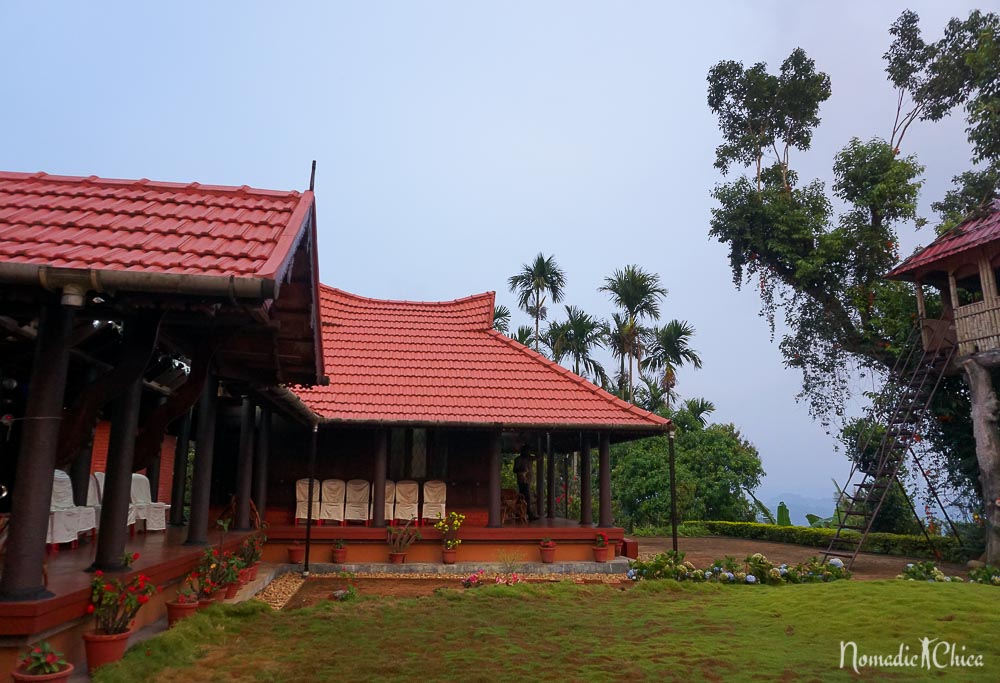
The weather and height in Munnar make it one of the best places in the world to plant tea. This is where there are some of the largest and oldest plantations in all of India and with more than 1500 meters AMSL, Munnar is the highest area in the world where tea is grown.
In Munnar grows mainly a type of tea called Nelgiri which is characterized by dark color and intense flavor.
But this is not the only area where tea is planted in India, there are other tea producing areas in India, such as the northeast of Darjeeling, with its characteristic color and mild flavor is the highest quality costing up to 200USD per kilo, the tea harvested in Assam is the second best quality and is stronger in flavor. More to the south of Kerala, blue tea is cultivated with a much milder taste than the others grown in the area.
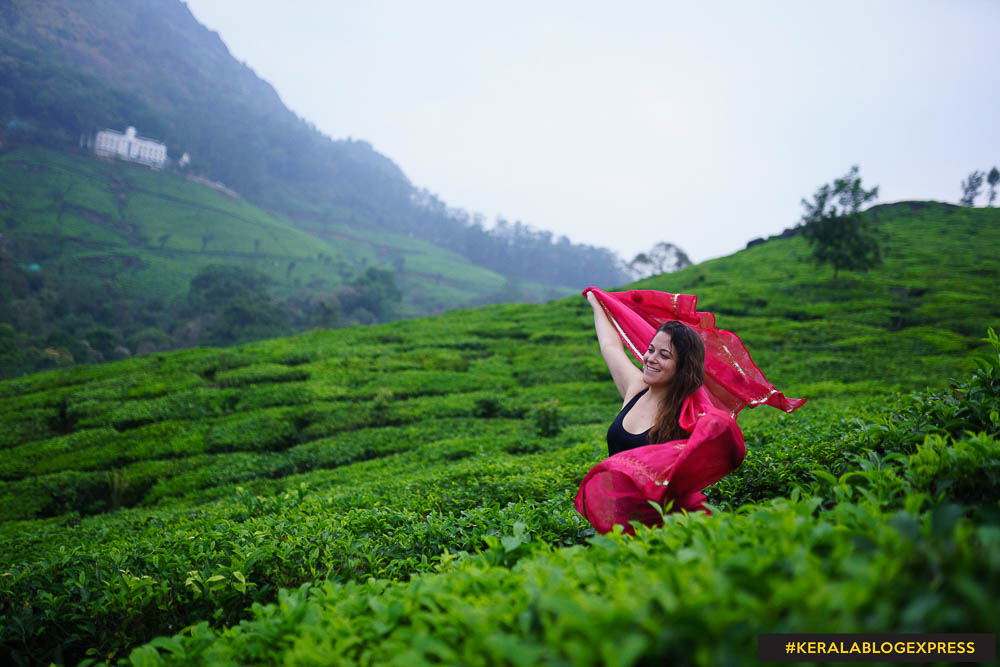
Did you know that green tea and white tea are the same plants?
The tea plant is actually a tree that can grow up to 6 meters. These trees are cut every 5 years to keep them very short and thus facilitate the collection of tea that is traditionally made by hand, leaf by leaf in the most traditional producers. They are a kind of bonsai whose height is designed to facilitate the collection.
Since precisely, the best tea harvested is the hand cut, since it allows a very careful selection of the leaves, but today machines are also used to collect the lower quality tea. In the plantation that we visited the leaves are collected with very large scissors that include a metal box where the cut tea is deposited.
All the tea comes from the same plant, the Camelia sinensis. The part of the plant that is used to later infuse into your cup, are the top three leaves.
- White tea is the tip of the branch, the newest leaf of all.
- Green Tea is the two leaves that remain in size.
- The black tea is the lower leaves, much larger and thicker.
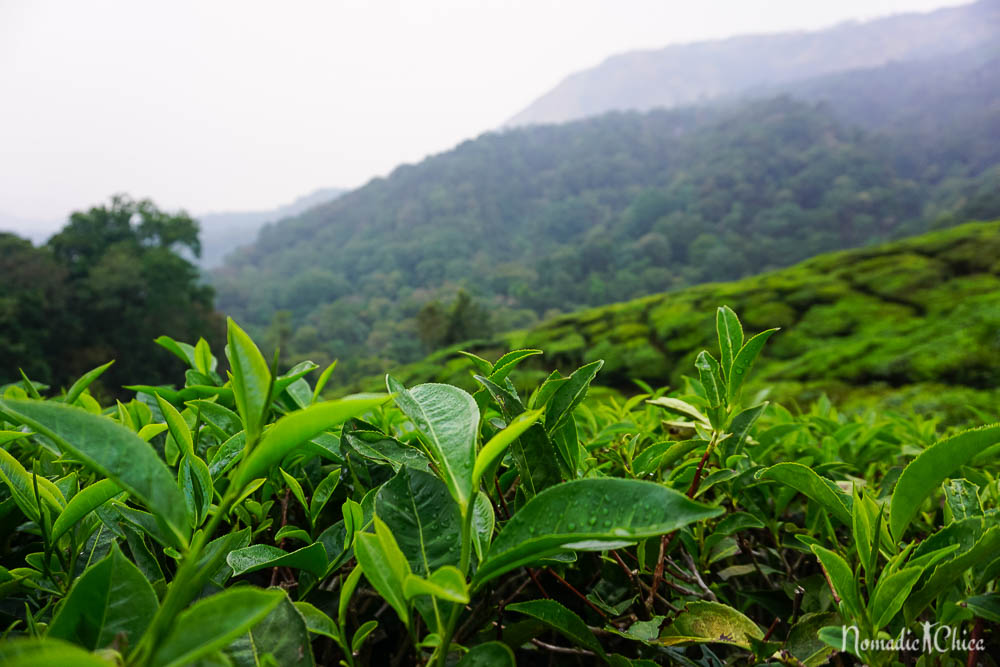
Visiting the Lokhart factory
It’s the oldest factory in Munnar in Kerala, but also in India, producing more than 20 million kilos of tea each year.
In the factory mostly women do the work in the fields who have a work schedule of 15 days per field. They usually ask for a daily minimum that fluctuates between 100 to 120 kilos per day, which is included in their salary and the rest of what they collect is extra money for them. Each tea picker collects about 13 kilos in 1 hour and achieves about $9 USD per day.
As they tell us, the conditions of workers in the Tea States changed long after they passed from the hands of the British to the TATA company, which is today the majority owner of the tea plantations in the region.
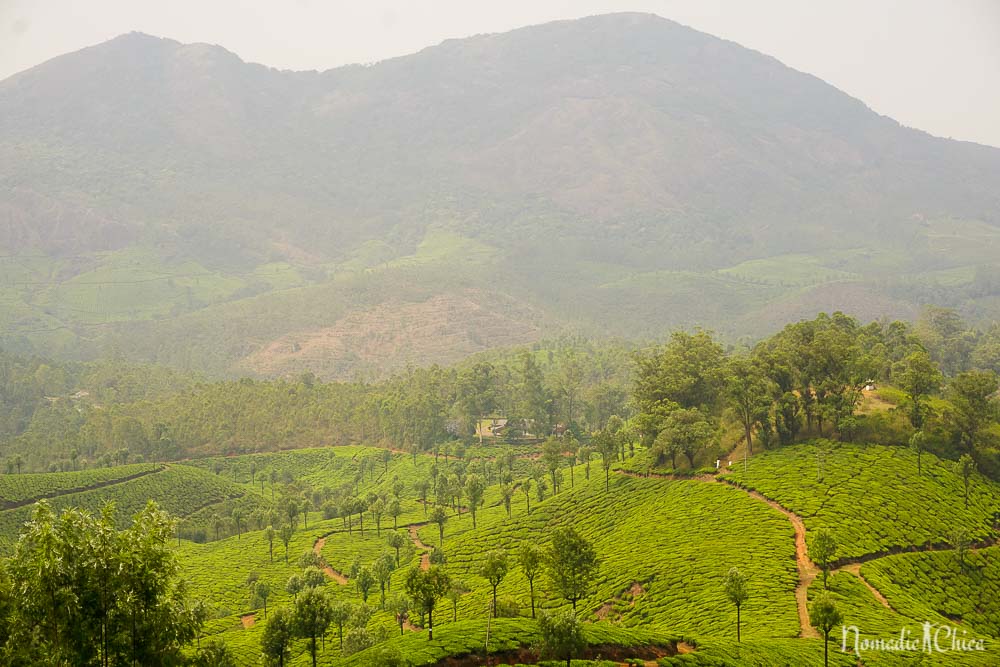
The land belongs to the government and is leased by the factories, who can only occupy 5-10% for commercial purposes other than agriculture, such as tourism, which is why it is not yet a highly-favored tourist activity in the region and only some factories include visiting programs.
Tea plantation workers may not receive large salaries, but for India, they are considered quite good, in addition to the social benefits they receive from working there. These include social security, housing, health and care for mothers and their children who can also go to school while they work.
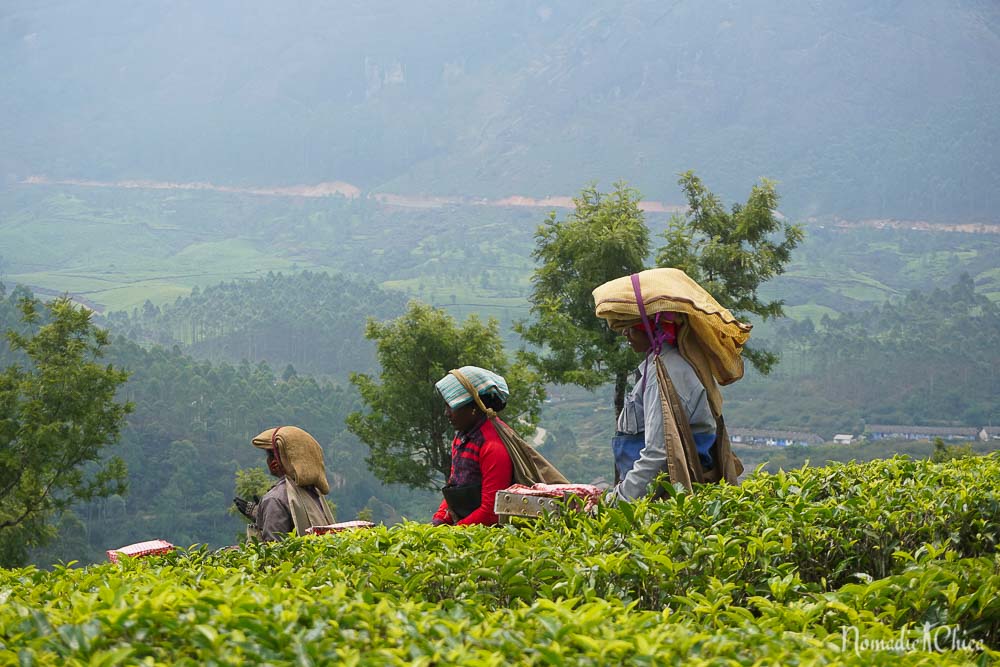
Tea Packaging
After the plants are harvested every 15 or 7 days depending on the season, the tea leaves are taken to the processing plant.
Once the leaves arrive at the factory they go through a series of processes depending on the method used. In Lockhart they use the orthodox method that promises the best flavor and quality of tea leaves once dried and ready for consumption.
1.Orthodox method
The tea goes through five steps to reach the packaging point.
First, the leaves are distributed in large containers where they begin their wilting process for 15 hours up to one day. They are exposed to a hot steam that makes them flexible and easier to handle later.
The second step is the crushing and rolling of the leaves, for this, the tea leaves go through different machines that help this step of the process.
The black tea passes to a step of fermentation for a day where the existing chemicals in the leaves mix and obtain the characteristic dark brown color. But this step is not used for green tea or white tea that goes directly to drying.
The great difference of white tea is that it is dried in very well-kept compartments with special light for 18 hours.
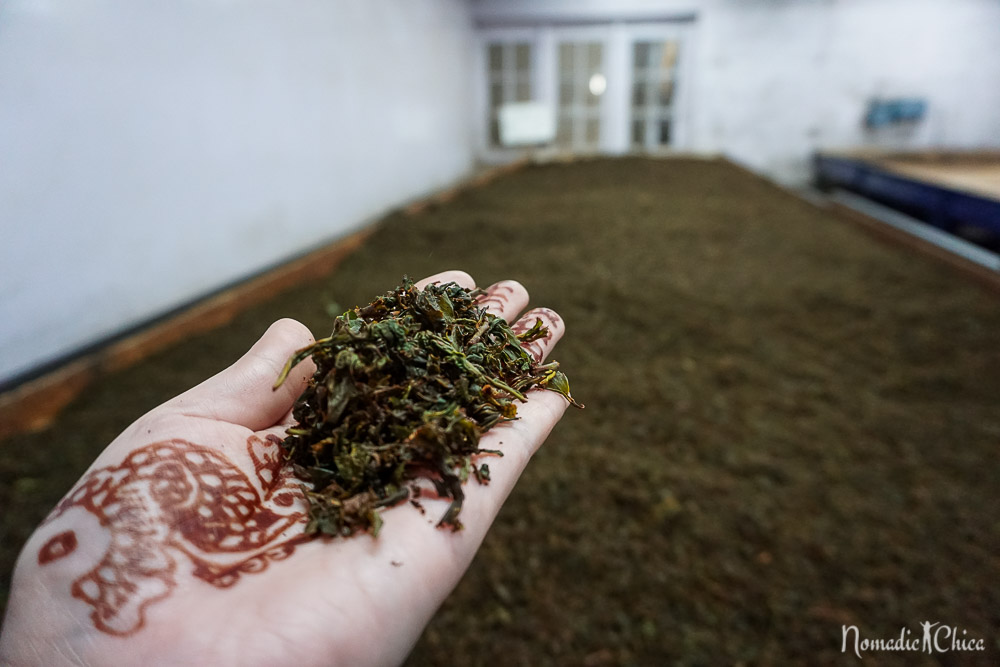
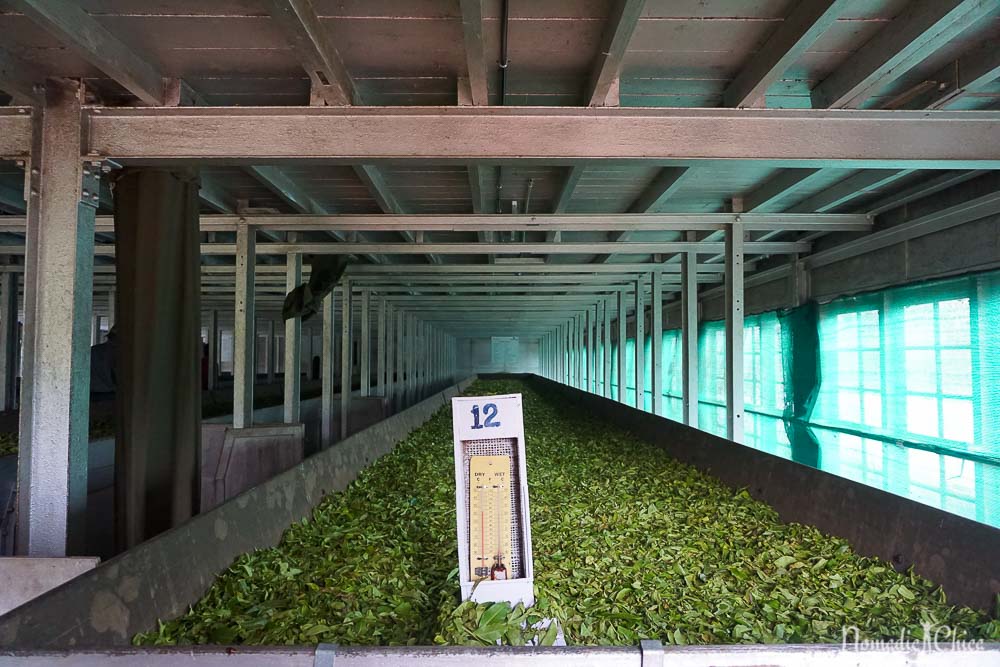
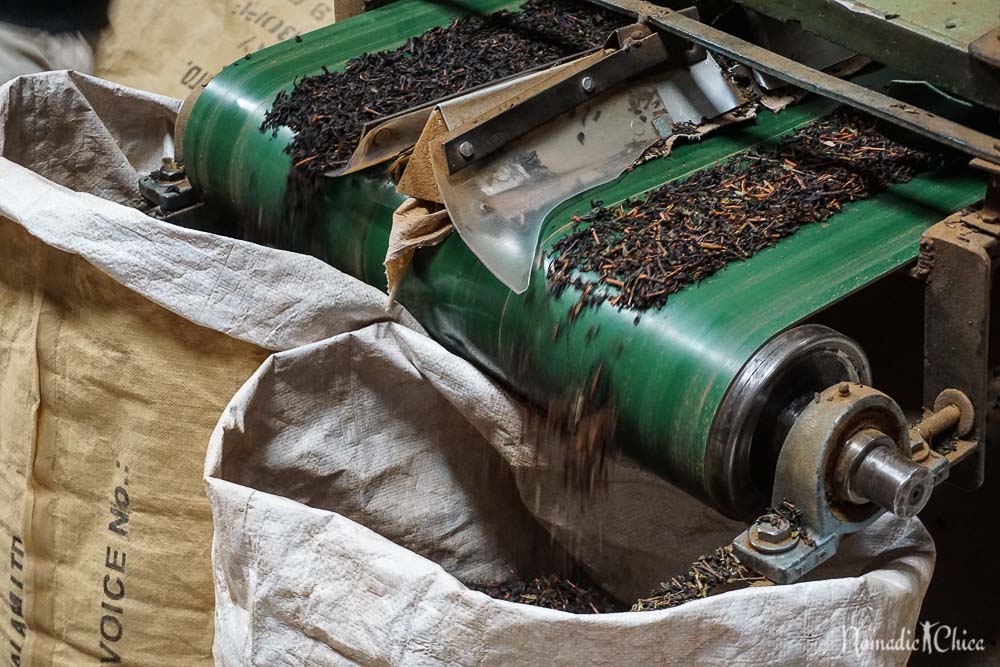
2. CTC Method
The name comes from the acronym for the words Crush-Tear-Curl.
It’s a much simpler and quicker process than the orthodox method and it was created to process the black tea that is produced on a larger scale. This method saves time and money in its production but generates a lower quality tea.
Most of the tea consumed in India is processed with this method since they are accustomed to drinking powdered tea, which is very intense in color, aroma, and flavor.
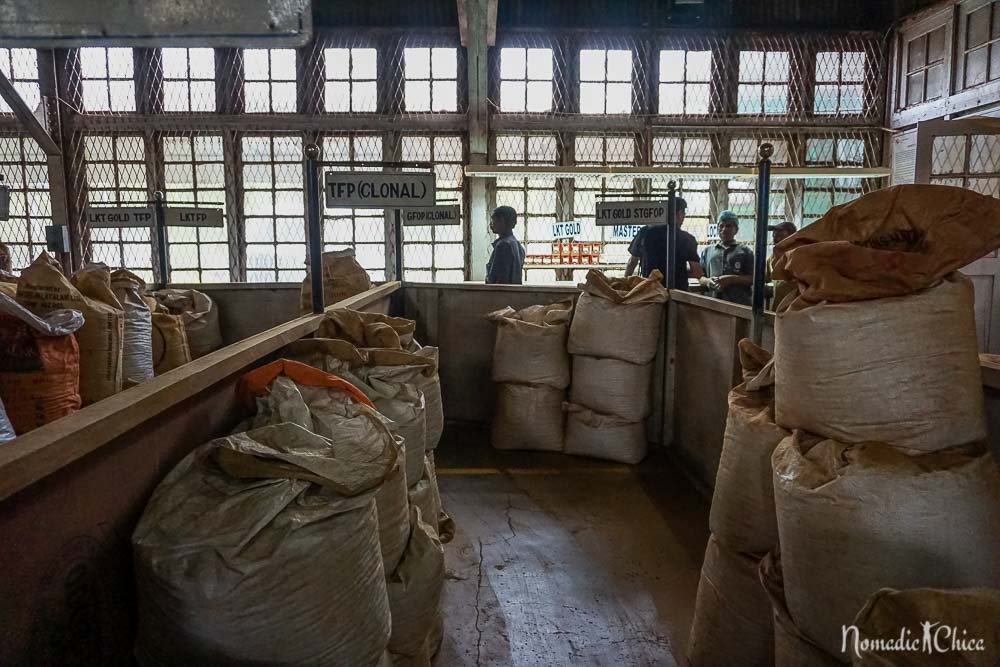
This visit taught me a lot about one of the drinks that is daily in my diet and I imagine that of many of you.
I was completely ignorant of the whole process involved in creating that tea bag that millions of people have on their tables every day. What is most clear to me is that I will never again drink that tea from sachets if I can choose, since it contains many more parts of the plant such as waste and sticks and actually a very small part of the leaf.
The pleasure of having a good quality tea, recently packed and prepared with the proper infusion of the leaves has a unique flavor and that is exactly what many tea drinkers have never experienced. When most of us get our tea at home it’s already been collected several months ago and the taste it’s at its best up to 6 months after this!
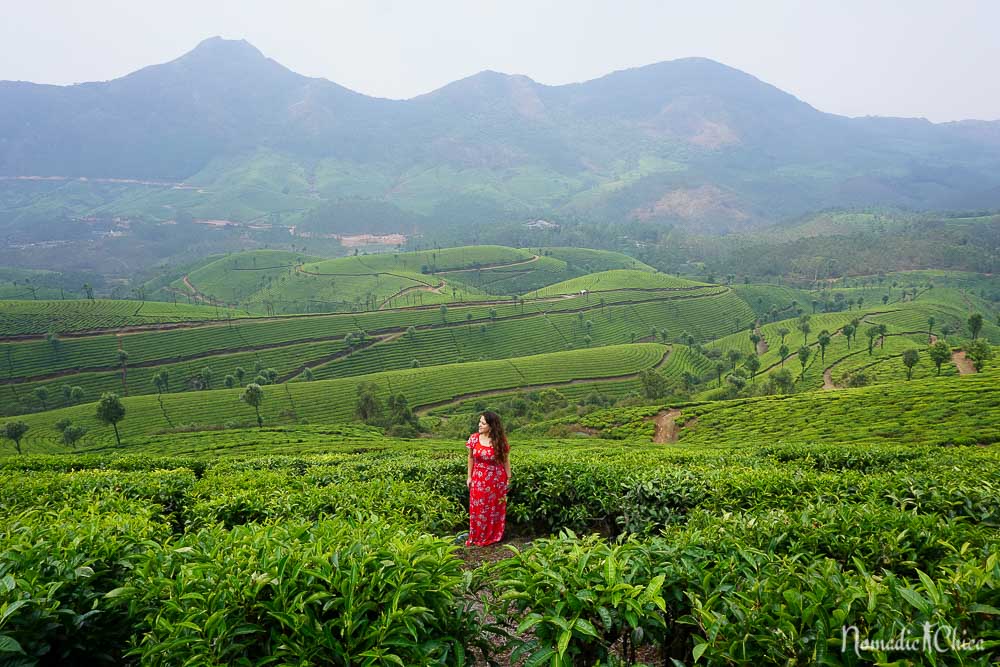



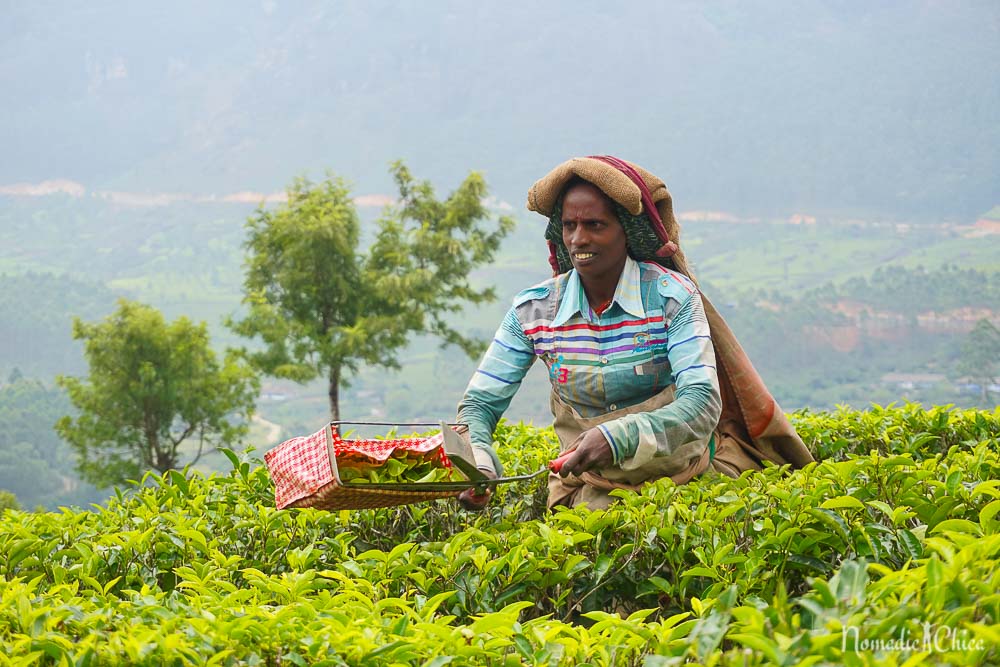














I like view your post. Amazing! in my country indonesia also lots of tea garden, please visit.
It´s definitely on my list!
Tea country in India is so green and gorgeous and lush Gloria. Inspired photos capturing this richness. We saw images of plantations in Kerala but never made it to tea country. Too busy bumming out at the beach in Kerala.
It’s beautiful!! Maybe next time
Munnar is always be my pleasant place 🙂
I was in love with Munnar too 🙂 Such a unique place 🙂